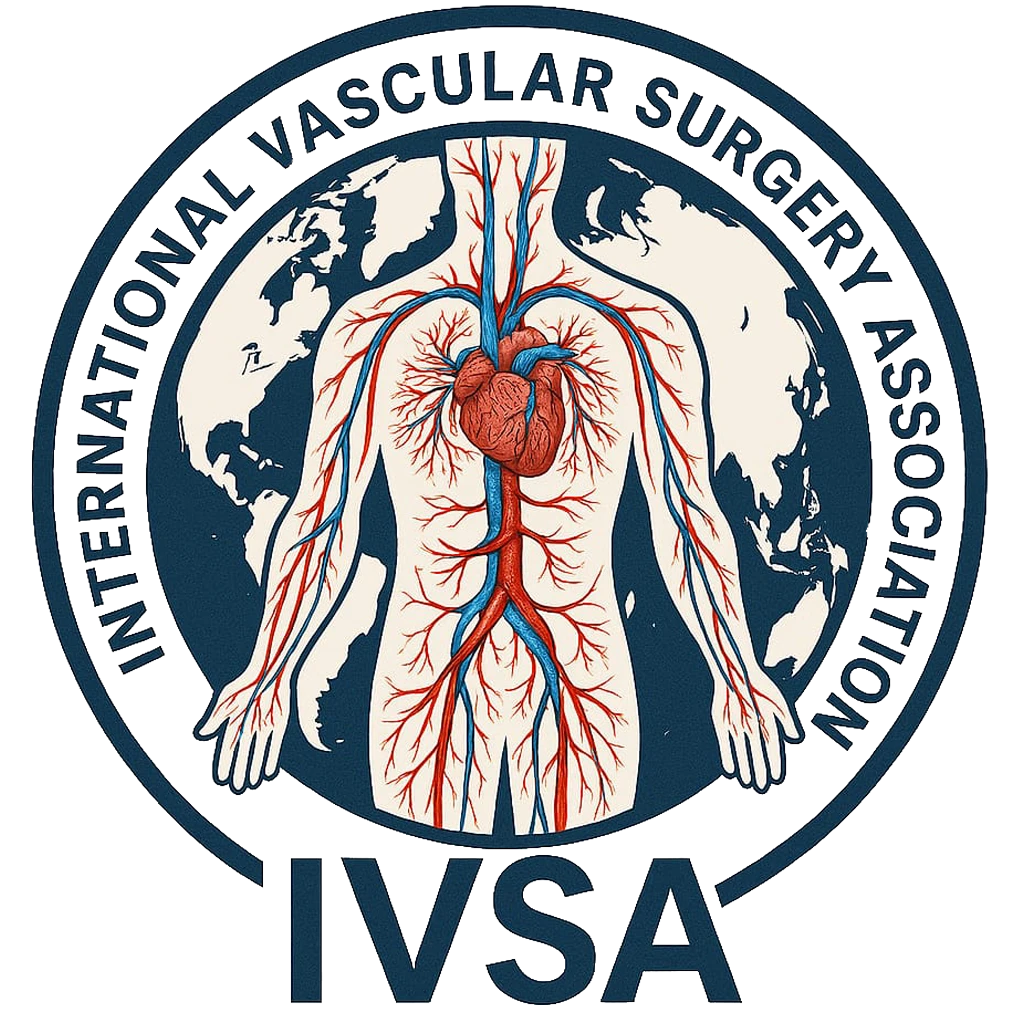What are vascular diseases?
The vascular system is part of the cardiovascular system and ensures that blood reaches all areas of the body where it is needed. It consists of arteries, which carry nutrient- and oxygen-rich blood to organs and tissues, and veins, which collect used blood and transport it back to the heart and lungs.
Arteries and veins change over the course of a lifetime. The older a person gets, the stiffer the artery walls become. This leads to deposits in the vessel walls, also known as arteriosclerosis. Depending on lifestyle—diet, smoking, and exercise are the most important factors—and predisposition, changes in vessel diameter can result. This is referred to as vascular narrowing, or stenosis, which can lead to vascular occlusion. This happens gradually. Where blood does not flow properly, clots often form. These can break loose and lead to sudden vascular occlusion. In both cases, organs, muscles, and tissue are no longer properly supplied with blood. In the worst case, they die off.
Changes in the vessel wall can also lead to dilation of the vessels. If arteries are affected, this is referred to as an aneurysm. Like a balloon inflating, the artery wall becomes increasingly thinner until, in the worst case, it bursts, which can lead to life-threatening internal bleeding.
Veins can also change over the course of a lifetime. When veins become abnormally dilated, this is referred to as varicose veins (Middle High German “Krummadern”, varices). Sack-like and tortuous superficial veins are very common. They are found in about half of all adults. This is not only an aesthetic problem, but also interferes with the function of the vein. Swollen legs and pain can result from the blood no longer being able to flow back smoothly. At this point, at the latest, varicose veins require treatment. Often, an inherited weakness of the connective tissue is the underlying cause, but obesity, prolonged standing, and lack of exercise promote the development of varicose veins.
There are also congenital disorders of the arteries and veins. These are rare conditions that can cause dilations but also unnatural short-circuit connections between arteries and veins. In these cases, the term malformations is also used.
